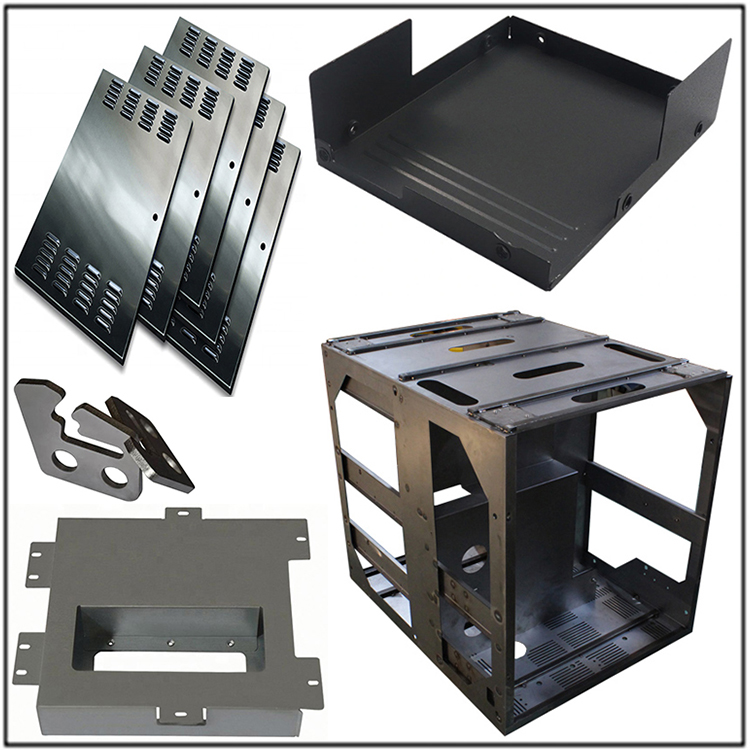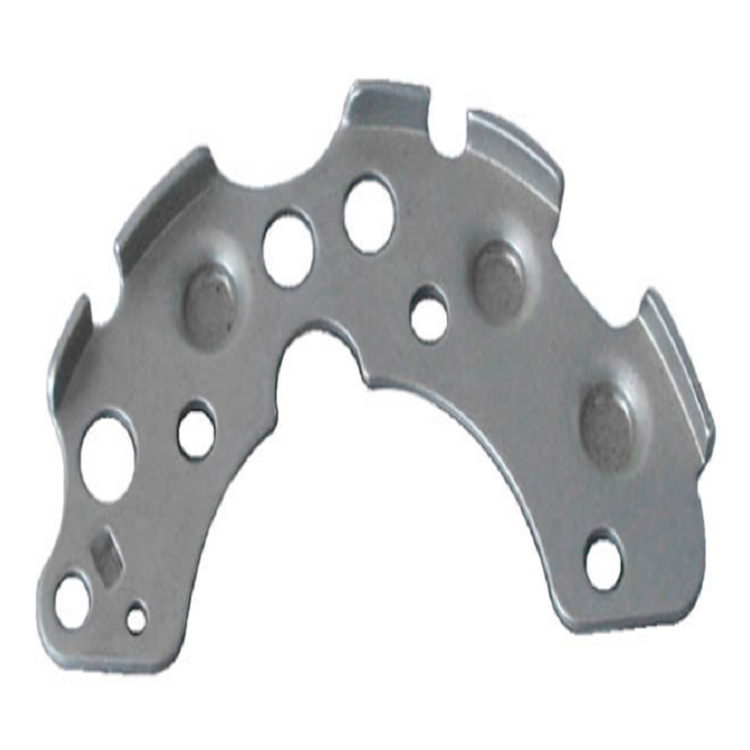
How to Improve The Accuracy of Metal Stamping and Bending Parts
Methods to improve the bending accuracy of stamped parts. In metal stamping parts, bent parts are the most common. The overall quality requirements for bent parts are to be able to understand the shape and size requirements of the part, and the surface of the bent part should be clean and free of obvious scratches. In addition, bent parts should be free of defects such as cracks, distortions, and warping. Improving the bending accuracy of stamped parts plays an important role in ensuring product quality. It not only improves the appearance quality of the product, but also reduces production costs and reduces the weight of the product.
1.Overcome accuracy errors caused by uneven materials. When selecting materials, try to choose boards with uniform texture, especially when purchasing, pay attention to choosing manufacturers who specialize in producing these materials. Such manufacturers have more professional technology, better production equipment, and slightly better technical services. To understand the detailed information of the manufacturer, such as production license, quality certification, main product testing reports, etc., then comprehensively analyze the different materials of the manufacturer to see if they can meet our company's requirements, and choose stable process parameters for processing.
2.Eliminate the decrease in accuracy caused by material rebound. The effective method to eliminate rebound is to increase the pressure and loading time during the bending process accordingly. In addition, for stamping parts with high processing accuracy requirements, the entire edge area of the sheet can be cut off during cutting. If possible, press in reinforcing ribs at the curved area to increase the stiffness of the part and prevent rebound.
3.Reduce the deflection of the machine itself. This is one of the simplest methods to improve the bending accuracy of stamped parts. In order to reduce the bending deformation of the machine tool itself, a tilted wedge-shaped structure needs to be set above the upper mold to compensate for the bending error caused by the upper mold of the machine tool. During the operation, adjust the upper slider to form a convex arc in the center, and then perform the bending operation. After applying the load, the upper slider deforms into a straight line, making it almost match the actual displacement.









